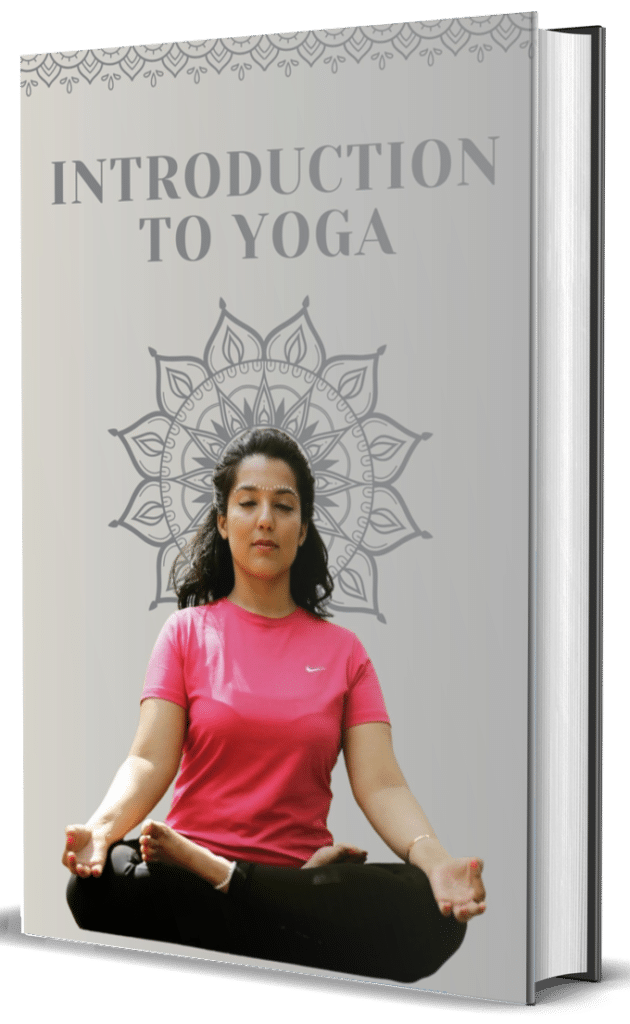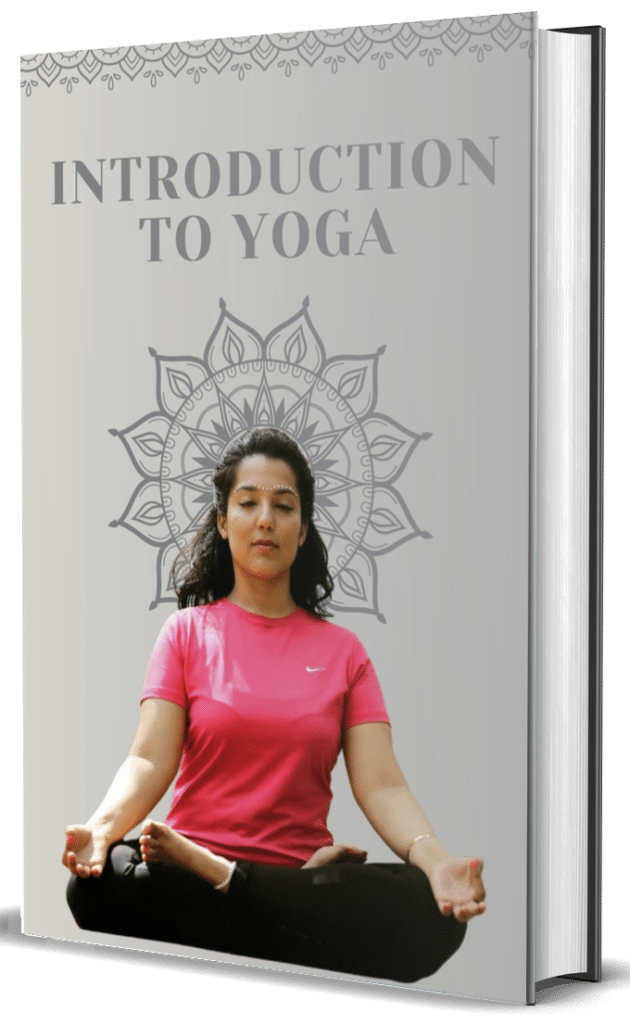Hasta Mudras are symbolic hand gestures used in yoga meditation and traditional dance forms of India. The word ‘hasta’ means hand and ‘mudra’ means seal or gesture in Sanskrit. These precise finger positions are considered to be powerful tools for directing energy redirecting prana (life force) and influencing consciousness.
In yoga practice Hasta Mudras are believed to create specific energy circuits that can affect different physical psychological and energetic states. Each mudra connects with specific nadis (energy channels) and can stimulate different areas of the brain and body. The ancient texts describe dozens of mudras each with specific purposes such as promoting healing enhancing concentration balancing emotions or deepening spiritual awareness.
Some commonly practiced Hasta Mudras include Gyan Mudra (knowledge seal – touching thumb and index finger) Anjali Mudra (prayer position) Prana Mudra (life force mudra) and Dhyana Mudra (meditation seal). These sacred hand positions can be practiced during seated meditation incorporated into asana practice or even used throughout daily activities.
The science behind Hasta Mudras relates to the nerve endings in our fingertips and the pressure points that connect to various parts of the brain and body. Practitioners report benefits including improved concentration reduced stress enhanced mental clarity better digestion and balance of the five elements within the body. In yogic philosophy the hands are considered instruments of action and mudras help transform ordinary actions into vehicles for healing transformation and self-realization.



